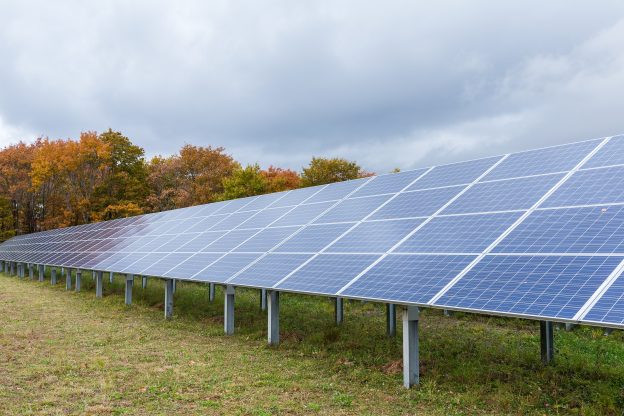Silicon China, a branch of China Nonferrous Metal Industry Association, released its latest report on the price trends of polysilicon materials used in the manufacturing of PV products on July 6. This update pertains to prices in China during this week (i.e. the week of July 4).
Transaction prices of monocrystalline refeeding material have been fluctuating within RMB 288,000-300,000 per metric ton, with the average coming to RMB 291,600 per metric ton and registering a hike of 1.85% from the previous week. Transaction prices of monocrystalline dense material have been fluctuating within RMB 286,000-298,000 per metric ton, with the average coming to RMB 289,600 per metric ton and registering a hike of 1.90% from the previous week. Prices maintain a slightly upward trend in the Chinese polysilicon market this week. The week-to-week increases in the average transaction prices of monocrystalline refeeding material, monocrystalline dense material, and monocrystalline cauliflower material are all within 2%.
Currently, polysilicon suppliers and buyers have mostly finished arranging the prices for the July orders that are under the LTA framework. Some of the recently completed orders even cover the procurement quantity for the first half of August, thus indicating overbooking. On the whole, the latest prices under the LTA framework are in the range of RMB 288,000-296,000 per metric ton. As for upside orders that have been made around this same time and involve smaller procurement quantities, their prices are in the high range of 296,000-300,000 per metric ton.
The Chinese polysilicon market has been experiencing a serious shortage this week. Suppliers are being asked to lock-in additional quantities even though many of them have not yet finished expediting existing orders. The pressure to make shipments as per the designated schedule and quantity continues to build up instead of easing.
There are three factors attributing to this predicament. First, a Chinese polysilicon supplier that operates in Xinjiang has suddenly suspended production in order to carry out an unscheduled facility maintenance program. Also, other suppliers that operate in Xinjiang have scaled back production in various degrees. As for those Chinese suppliers that operate outside Xinjiang, several of them are currently conducting their regularly scheduled facility maintenance programs. In sum, maintenance activities have further exacerbated the undersupply situation. Second, wafer suppliers are now carrying a low level of polysilicon inventory as domestic supply is being disrupted by regular and irregular maintenance activities. At the same time, imports are being held up by issues related to sea freight transportation. With the shortage getting worse, wafer suppliers have opted to significantly overbook orders with polysilicon suppliers. Third, wafer suppliers have raised prices in order to absorb the hikes in polysilicon costs. Because wafer prices still have some room to climb up further, the continuing uptrend of polysilicon prices is being tolerated.
As of this week, there are five Chinese polysilicon suppliers affected by maintenance activities. The one in Xinjiang is still suspending its operation, whereas the other four are gradually returning to normal production.
Regarding China’s polysilicon production in July, the monthly total is projected around 58,000 metric tons and thus register a decline of around 3,200 metric tons from June. Domestic suppliers that will post a drop in production include Xinjiang GCL, East Hope, and Youser. The total reduction is estimated around 6,700 metric tons. On the other hand, four domestic suppliers will be releasing a moderate amount of new production capacity. They include GCL-Poly, Baotou Xinte, Yunnan Tongwei, and Asia Silicon. Moreover, there will be some additional production resulting from the “normal fluctuations” in individual suppliers’ performances. Altogether, the additional production from capacity expansions and performance improvements is projected around 3,500 metric tons.
Turning to China’s polysilicon supply in July, the monthly total (including imports) is projected around 65,000 metric tons. This figure is only sufficient for around 2.4GW of wafer output. Right now in the Chinese polysilicon market, there is a huge gap between the total polysilicon supply and the demand from the operating domestic wafer production lines. Therefore, polysilicon prices will keep rising in July. Since domestic polysilicon suppliers have finalized the July orders that are under the LTA framework, price hikes will be mainly determined by upside orders. This situation will continue until near the end of July, when suppliers and buyers start arranging August orders.
Looking ahead to August, there will still be five Chinese suppliers affected by maintenance activities. However, the amount of new production capacity released in that month will more than offset the maintenance-related reduction. Consequently, China’s production in August is forecasted to show a month-to-month increase, and the general shortage will ease somewhat.







